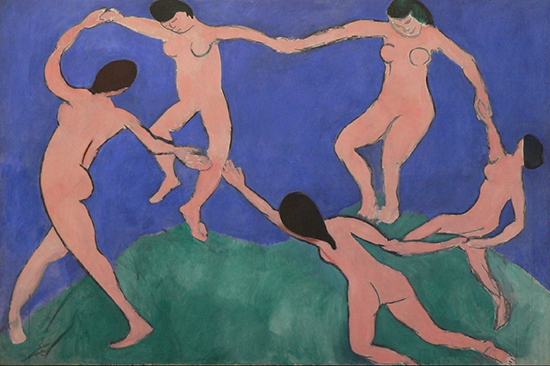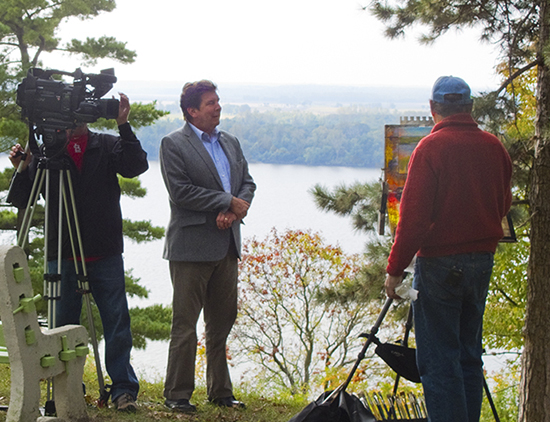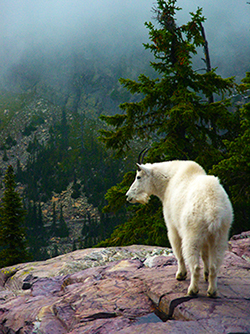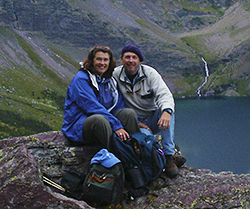Voices of Experience - An Interview with Mort SolbergVoices of Experience Mort Solberg understands that accidents can lead to wonderful paintings. He has learned throughout his artistic career how to embrace the mercurial characteristics of his primary medium of watercolor that resist the control of the artist and that can produce those "wonderful accidents". Within a wash of colors flowing together he is able to see a stream edge or a roaring waterfall. And with his very deft hand, he is able to pull out the rocks that edge the stream and add the moose lit by late afternoon sun wading in the water.
His grasp of both abstract and representational work began at West Tech High School in Cleveland, Ohio. Traditional realism was emphasized in his art classes there. He later attended the Cleveland Institute of Art, where abstract art was the focus. After finishing his studies, Solberg worked as an illustrator for magazines and advertisers. He moved to California and studied photography (developing his compositional skills), later becoming an art director for a greeting card company. During this time he developed his style of painting loose watercolor washes with realistic images of figures, landscapes and wildlife integrated into them.
His work was brought to a larger audience beginning in 1977 when two of his paintings were published by the Greenwich Workshop in limited edition fine art prints. He became one of their most popular artists. Since then he has won numerous top awards in exhibitions including the Arts for the Parks Grand Prize of $25,000, the American Watercolor Society and the National Watercolor Society. He is a frequent juror and teacher.
His palette may change, but it always holds Winsor and Newton Burnt Sienna and Payne's Gray. Winsor and Newton is the only Payne's Gray he uses and he is happy to point out to students the differences in pigment between it and other brands. Winsor and Newton Payne's Gray is made from black, ultramarine blue and pthalo blue. Other brands usually do not have pthalo blue in the mix and are less lively. He says, "I can make an entire painting out of just those two colors." Other colors that he may use include Olive and other greens, Ultramarine Blue and Burnt Umber (for skies and to make whites warmer or cooler) and occasional Violets and Lavenders. He will add gouache or acrylic to a painting to get the effects he wants.
Solberg feels a particular affinity for painting First Nations subjects, pulling upon the Native American side of his ancestors. When he is creating these works, he feel a sense that he is merely a conduit that the paintings are coming through. There is a strong spiritual connection happening. When he has finished a painting, he doesn't know how he painted it.
Creativity has come through the generations. Another influence on his creativity came from his Norwegian grandmother (on his father's side), who worked in fiber, creating large, beautiful tapestries. Creativity continues through his three sons and three daughters.
Visit Mort Solberg's website to see more of his paintings. |
Become an Artist's Road Member Today!
Already a Member?Log in here. To renew your membership, log in and follow the links. Search the SitePerspectivesNot ready to become a Member yet? Subscribe to our free email postcards, "Perspectives". Enter your email address here.
Member ContentFree ContentThe Artist's Road StoreNocturnes - A Primer on Night Painting Filled with inspirational examples by the masters of nightime painting, this little book is sure to fire up your creative energies. Never tried painting at night? We show you how it's done with a step-by-step-oil demo and a tale of night painting in the wilds of Rocky Mountain National Park. The Primer on Night Painting - Nocturnes is a 7 x 7" PDF download with 40 pages of text and images. It includes a gallery of paintings by masters of the nocturne, information to inspire and encourage you in your plein air nocturne painting, an illustrated step-by-step demo and tips for working in pastel and oil. Also available in a softcover edition. Check out the tools and other products that we use in our own art and travels in The Artist's Road Store. We only offer things for sale that we enthusiastically believe in.
About Us
|
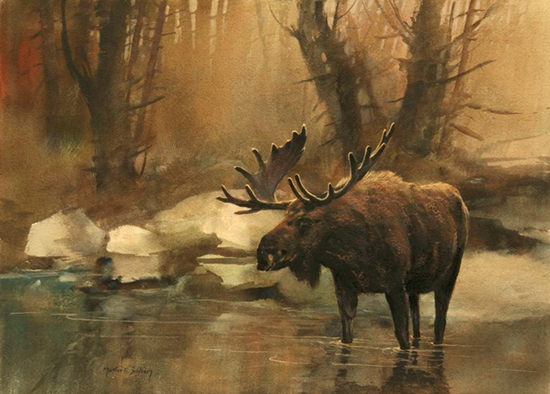

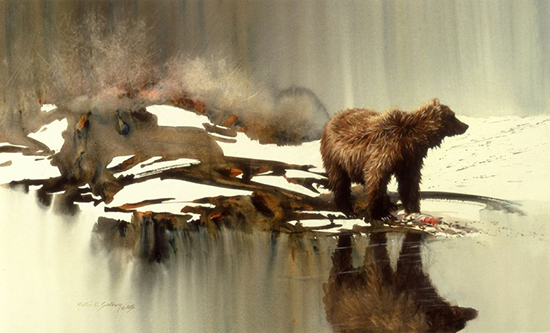
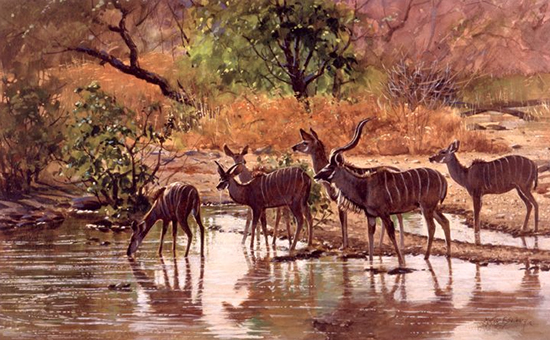
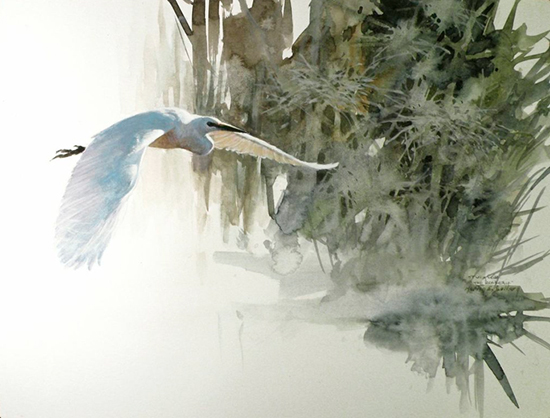
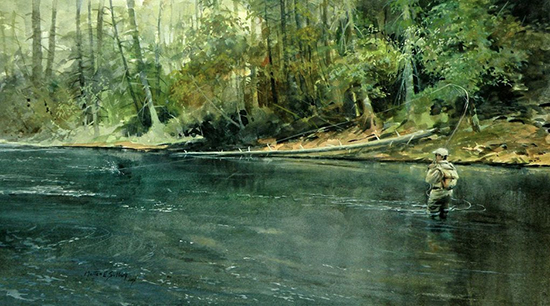
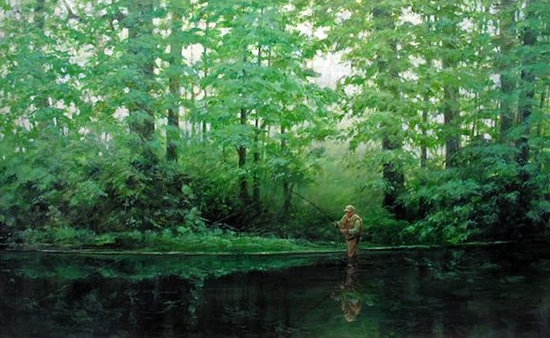
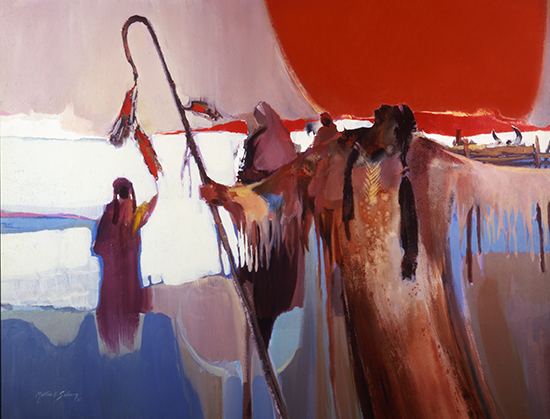
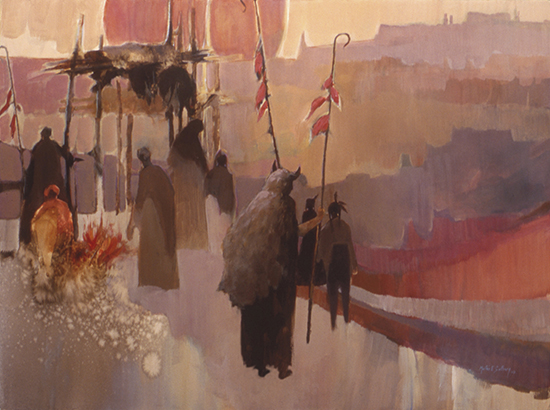
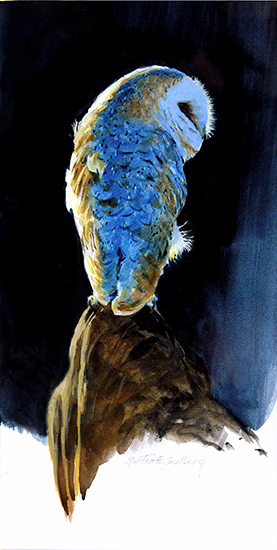
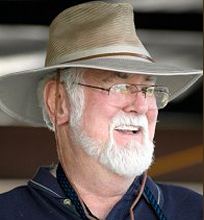
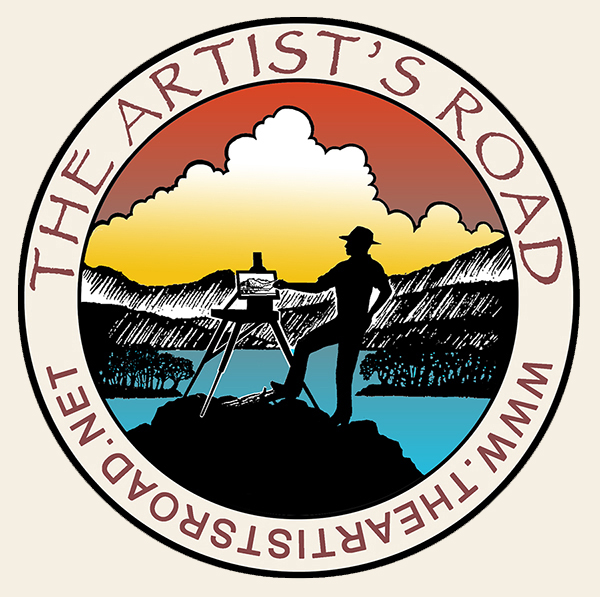
 Voices of Experience:Christine Code
Voices of Experience:Christine Code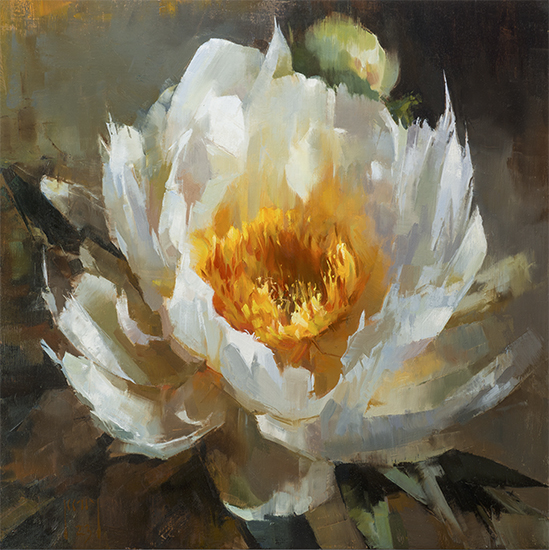
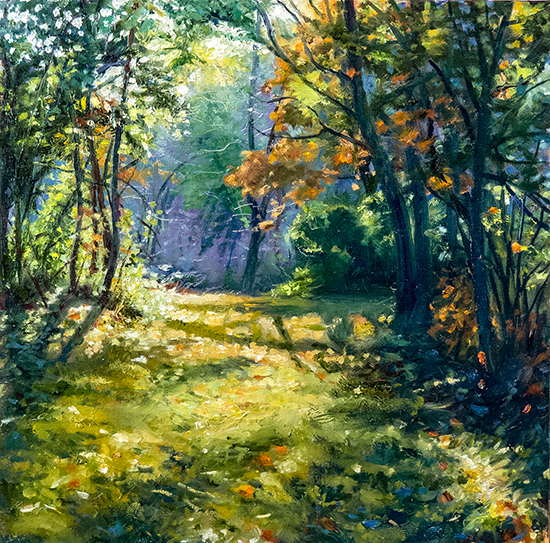
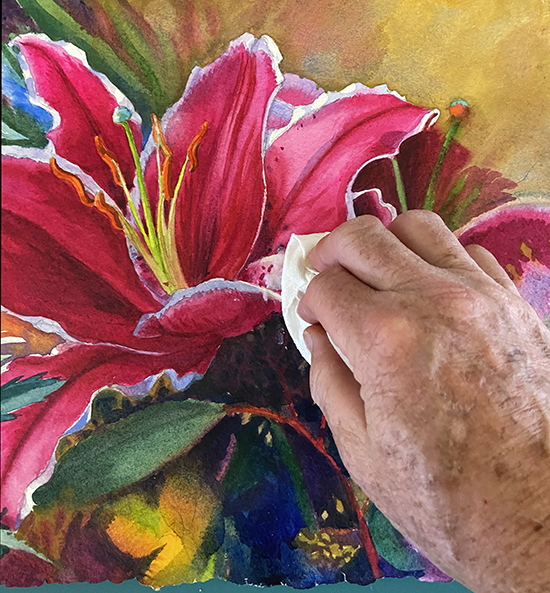 ing Watercolors
ing Watercolors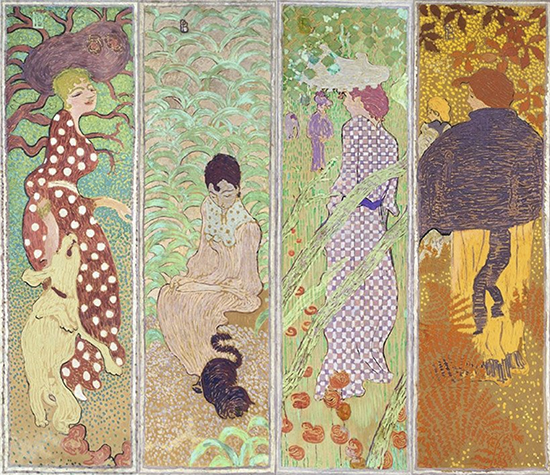
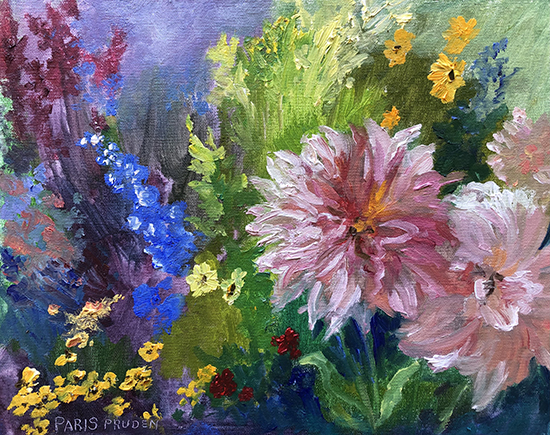
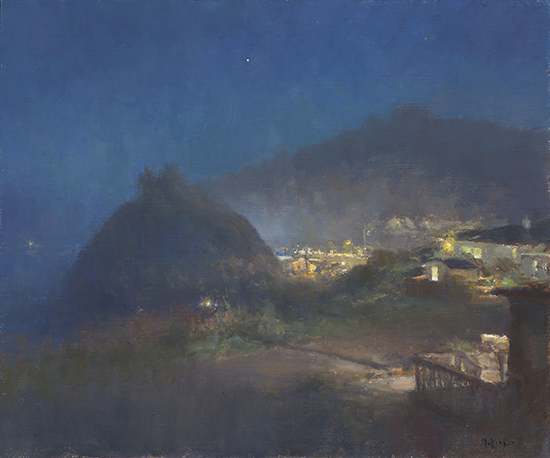
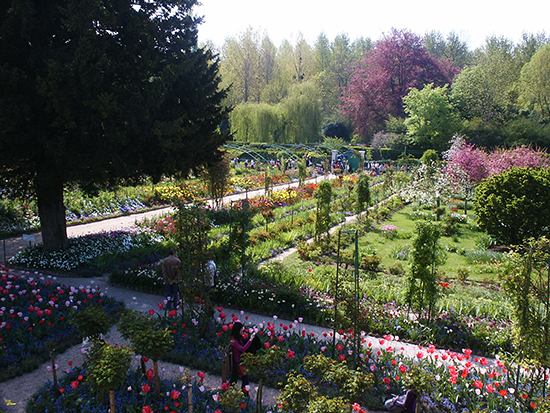 Inspiration in Monet's Gardens
Inspiration in Monet's Gardens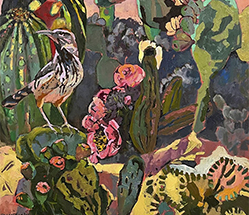
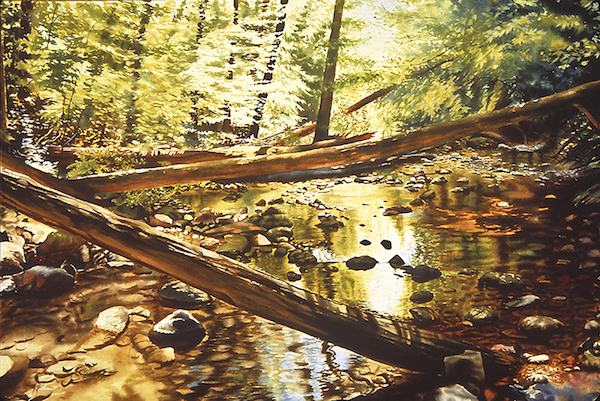 The Watercolor Medium
The Watercolor Medium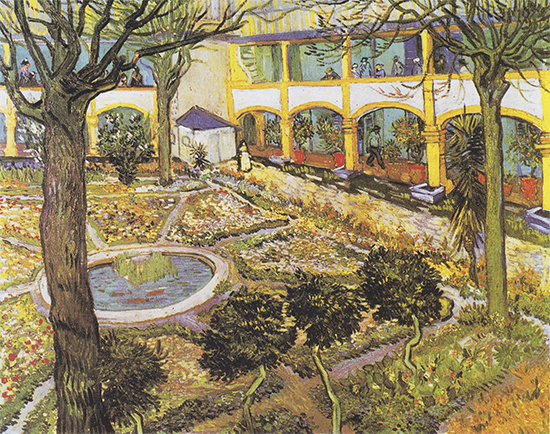 Paintings & Their Places
Paintings & Their Places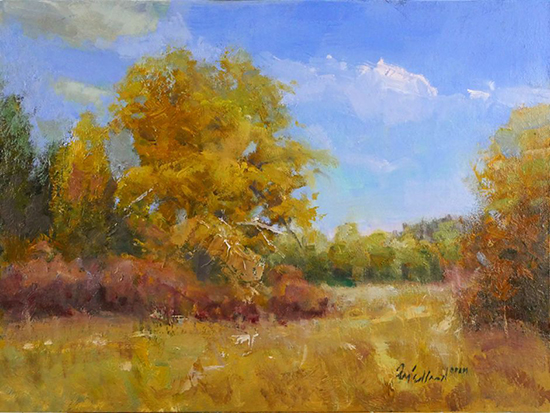
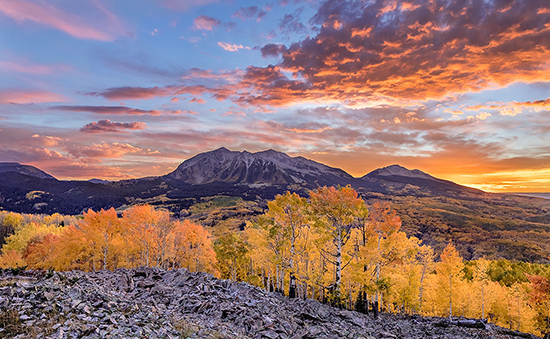 Essential Photo Tools for the Landscape Artist
Essential Photo Tools for the Landscape Artist